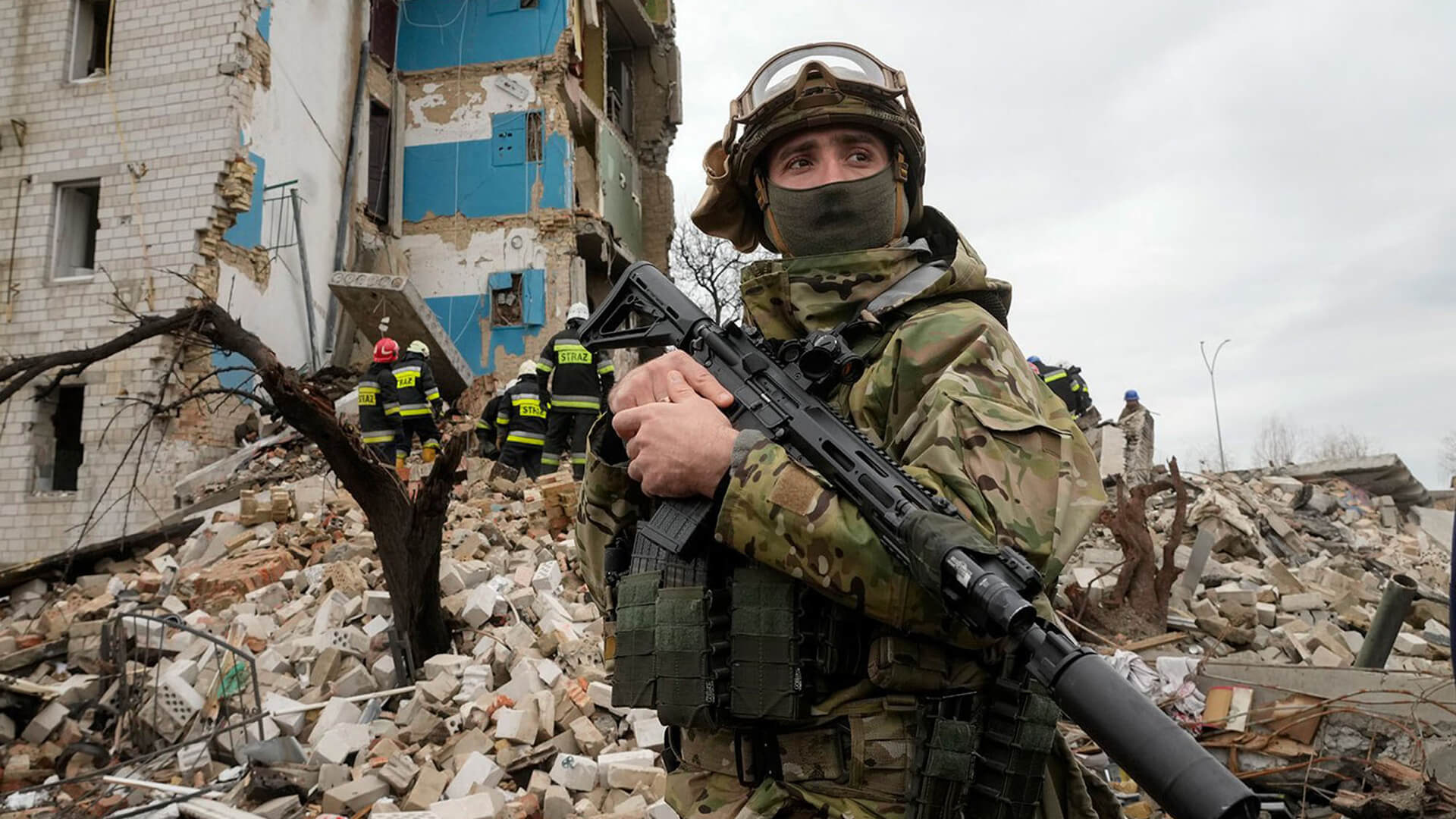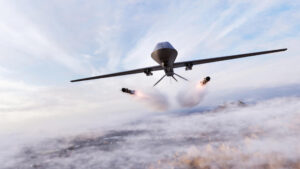Thank you to everyone who has already contributed to MedShare International over the past week!
We have some exciting news to share today. In addition to our donation match of $40,000 – one of our subscribers has graciously decided to match our donation. That’s a potential $80,000 going to MedShare and Ukraine.
So if you haven’t donated already, we encourage you to click the link below and help us (and our other gracious donor) hit our match goals.
From 30,000 feet, the pace of the Ukraine War appears to be slowing and even reaching a stalemate; however, when we zoom in on places like the Dnieper River and Mariupol, we can see the new tactics and strategies being implemented on both sides.
The Ukrainians are beginning to use smaller waves of units to push across the Dnieper and hold ground along the riverbank. If this continues and they can successfully move south, there’s a chance that they can cut off supply routes and stir up some problems for the Russians.
Of course, the Russians aren’t sitting idle. Between sending more troops through the meat grinder and layering the region with mines, the Russians have been able to prevent any major breakthroughs for the Ukrainians.
There is plenty happening behind the scenes.
Here at Zeihan On Geopolitics we select a single charity to sponsor. We have two criteria:
First, we look across the world and use our skill sets to identify where the needs are most acute. Second, we look for an institution with preexisting networks for both materials gathering and aid distribution. That way we know every cent of our donation is not simply going directly to where help is needed most, but our donations serve as a force multiplier for a system already in existence. Then we give what we can.
Today, our chosen charity is a group called Medshare, which provides emergency medical services to communities in need, with a very heavy emphasis on locations facing acute crises. Medshare operates right in the thick of it. Until future notice, every cent we earn from every book we sell in every format through every retailer is going to Medshare’s Ukraine fund.
And then there’s you.
Our newsletters and videologues are not only free, they will always be free. We also will never share your contact information with anyone. All we ask is that if you find one of our releases in any way useful, that you make a donation to Medshare. Over one third of Ukraine’s pre-war population has either been forced from their homes, kidnapped and shipped to Russia, or is trying to survive in occupied lands. This is our way to help who we can. Please, join us.
Transcript
Hey everybody. Peters Zeihan here coming to you from a home office in Colorado. I haven’t done a Ukraine update in a while because there’s been a lot of cross-currents. The front hasn’t moved very much. And in most people’s minds, that means a stalemate. And there’s definitely some truth to that. We’ll get into that a little bit, but there’s been a lot of change in tactics on both sides.
This is the first year that the Ukrainians have brought tanks into the fray and tried to do combined arms. However, the American style combined arms, the NATO’s style also includes air power and at least air parity. And the Ukrainians have nothing like that. So they’ve discovered that sending in lots of armor without air cover is, well, is going for them as well as you would expect it would.
So they’ve kind of devolved back to some older strategy that we’re using in the first part of the war. We’re using a lot more small units and that means the pace of activity has been necessarily slower. They have achieved a number of points of breakthrough in the first, second, and sometimes even the third line of Russian defense. But the Russians have been through and able to put up more and more and more mines to slow the Ukrainians.
So they’ve never actually been able to achieve any sort of breakthrough. So we’ve had a lot of incremental changes in the front, but nothing like the big breakthroughs in places like ISM or Kherson like we saw last year. For their part, the Russians have been innovating their strategies as well. Maybe innovating this the wrong word. They’ve done this silent call up of a couple hundred thousand more troops and just threw them right into the meat grinder and a place called Ivica.
Sorry for the pronunciation there, which is not too far from other places that the Russians were basically doing human wave tactics last year. And they’re having very similar results, very, very, very slow going, dating meters a day at the cost of thousands of lives. But in the last two weeks, the Ukrainians seem to be trying something new. And it would normally be something that I would just say is suicidal.
But let me give you an idea of what they’re doing and then maybe you can choose for yourself. So let’s do a foreign screen share. Go to Google Earth because it’s awesome. All right. We’re looking here at southern Ukraine, and this is an oversimplification, but if you zoom in just a little bit, this river here, this is the Dnieper.
It’s basically the front line for a large portion. Basically, everything south of this line is now in Russian hands and everything. The north line is in Ukrainian hands. And for those of you who remember too, earlier in the year, the Russians thought that the Ukrainians were to be pushing across the river. They blew up all the bridges and especially this dam right here, which is the Nova Kharkov Dam.
And what that meant is the entire upstream reservoir, which is one of the world’s largest, drained over the course of just a few days and flooded everything to the south of this point. So this whole area became flooded. You can call that a war crime. You can call that deliberate destruction, call that whatever you can call it, Max, call whatever you want.
But what it did do is turn this entire Southern section and be kind of a no go zone for most vehicles because you had exposed Riverbank above here, which was muddy or late at I guess it was about. And then down here you had flooded Riverbank that was muddy. So the Ukrainians would wanted to hit the Russians in two or three different places, suddenly found this entire swath became non-viable.
Well, what we’ve seen in the last couple of weeks is the Ukrainians have been probing across this river in worse and actually holding ground, not just using small units, but larger groups, troops. It’s unclear just how many, but the point is they haven’t been going over at night making things up and then running back before dawn. They’ve been going in a it is seen there for days and the Russians have seemed to be incapable of dislodging them.
And my first thought that this is just suicidal because if if you’re Ukrainian and you don’t have a bridge that you can retreat across any time that the Russians are able to bring any sort of artillery or even just infantry to bear on your position, there’s nowhere to go. Your backs against the river, you’re just going to die.
That’s not what’s been happening because further to the east, the Russians have been throwing human waves at a very specific location that adeyinka again, again, apologies for the pronunciation, and that’s all of the available troops in the area. The Russians are hitting that spot to prevent the Ukrainians from having a breakthrough further east in Japanese province. And what that means is it’s been difficult for the Russians to get reinforcements and materiel and just fuel into this zone right here.
So let me zoom in a little bit more. You can see how the geography is working against the Russians and for the Ukrainians in this point. You’ve got these sand dunes area, the nature park, where there’s no infrastructure at all. And then you’ve got clusters of Russians over here at this junction point of the transport system and at this junction void of the transport system.
And so what the Ukrainians have done is land all the way across the river throughout here to keep these two groups engaged. And then they’ve used their artillery from the other side of the river to just decimate the parts that are in here. Basically making this a no go zone for the Russians, which has allowed the Ukrainians to build up a bit of a bridgehead isn’t quite the right word because there’s no bridge.
But you get the idea. Any forces that are over here in the east, any Russian forces that are over here in the east, are under pressure because of that massive battle further east. And it’s difficult for the Russians to get anything through that zone to then resupply their troops further to the west. And then the groups that are here on the west side of the sand dunes get their supplies through Crimea.
But the Kerch Bridge has lost both a thrill connections and a half of its road connections. So the Ukrainians are able to play fast and loose in this area and they’re increasingly poking left and right, west and east, especially to the east, because if they can dislodge the Russians here or simply enter into a bit of a war of a move moment, then this entire zone over here, that which is occupied territory becomes in play.
For those of you who’ve been following the war since the beginning, the silly city of Mariupol is right over here, and Mariupol can really only be supplied by road now. And the places where the Russians are and Ukrainians are attempting to basically have a mutual break through of each other’s lines were around it here. So all of the Russian forces are going into this zone, leaving this entire southern swath potentially with very limited supplies.
And so if the Ukrainians can break the connection here, then these little connections that are all that allow stuff to go from Crimea north, all of a sudden are pinched off and you could have theoretically a bit of a breakthrough. Now, there are a lot of moving pieces on this. I’m not suggesting this is where we’re going, but this is the sort of tactic that you normally wouldn’t expect to see.
And we’ve now been seen it for about two weeks. So it’s something to keep your eye on as more things develop, of course, get back to you. But that’s where we are today.








